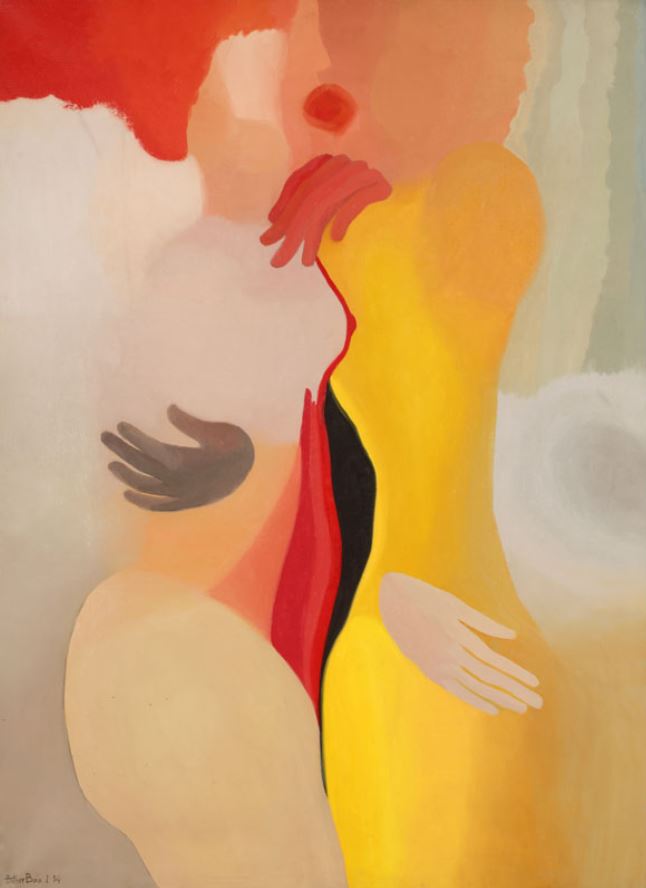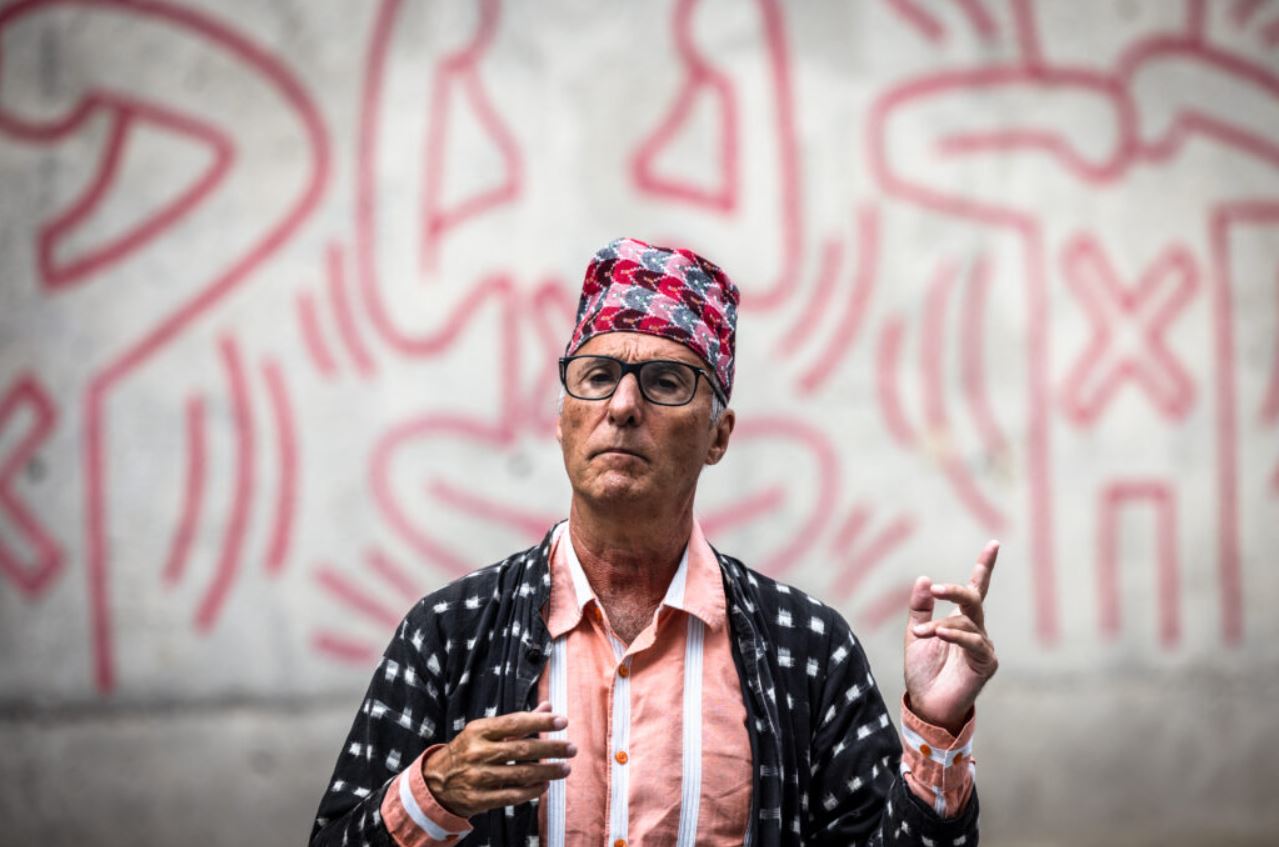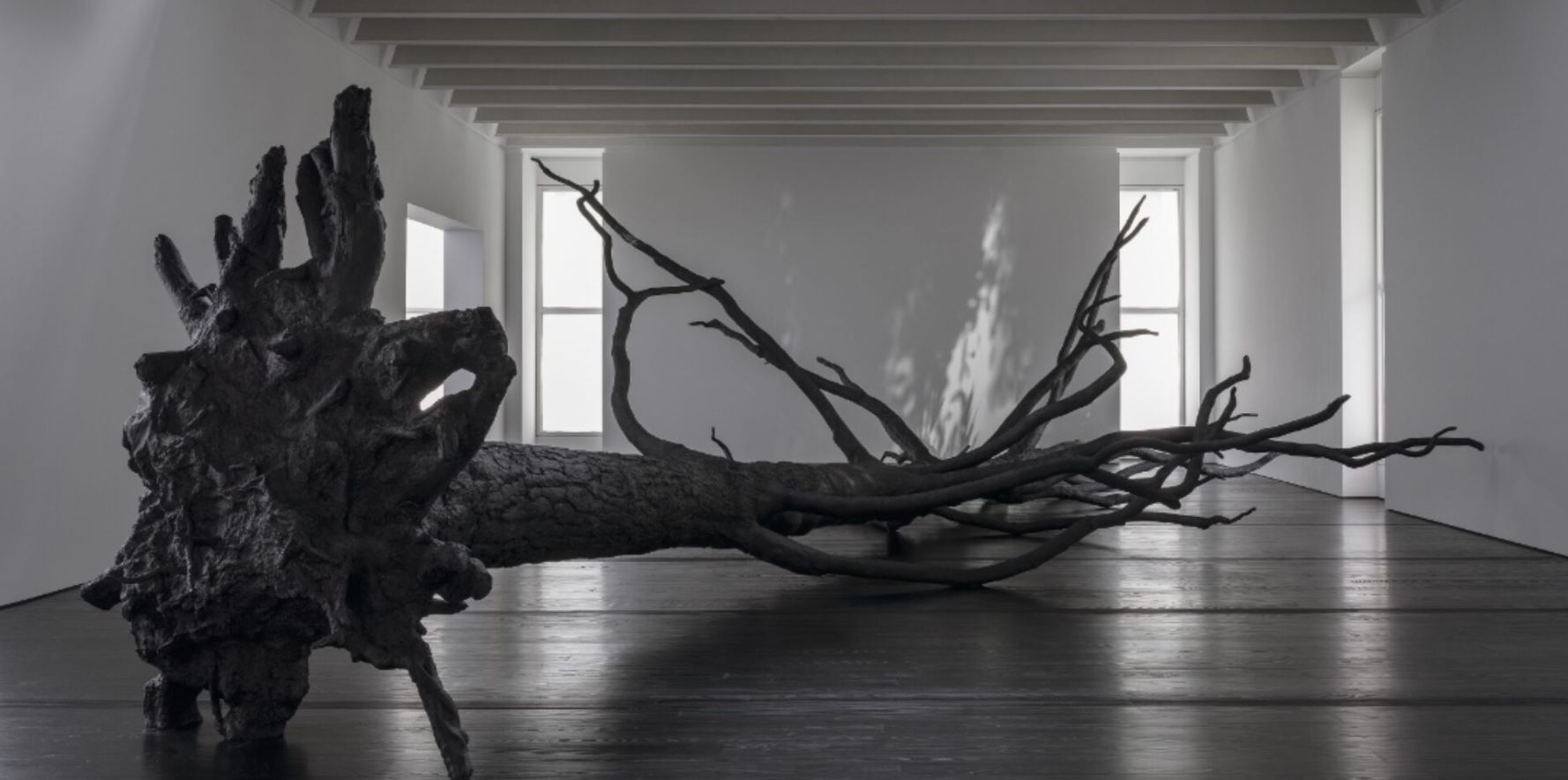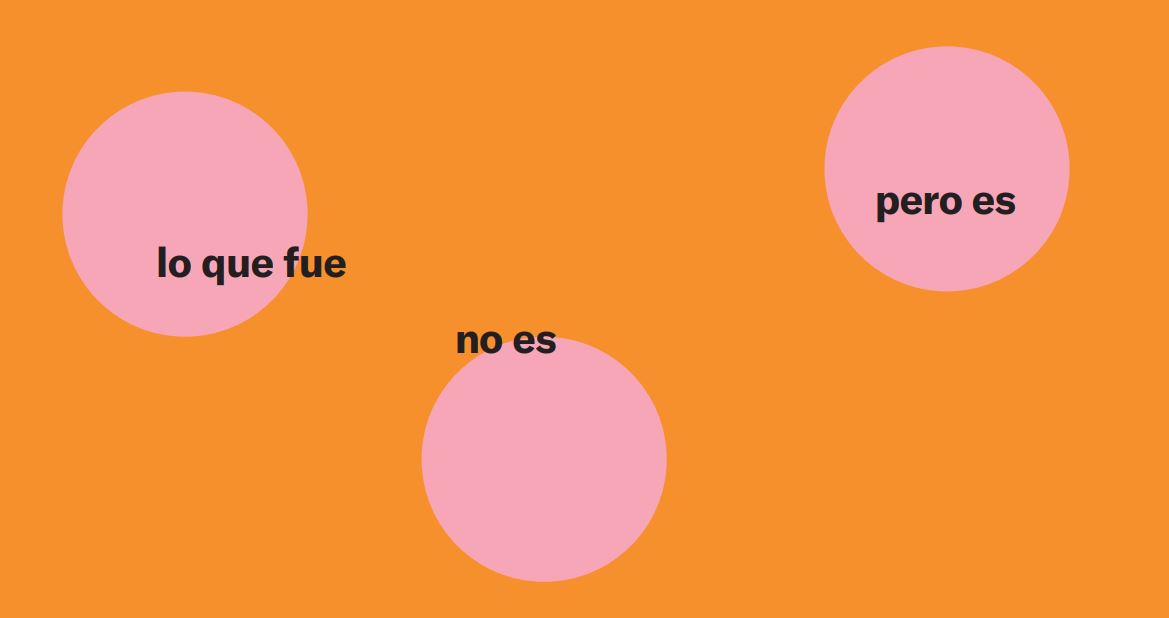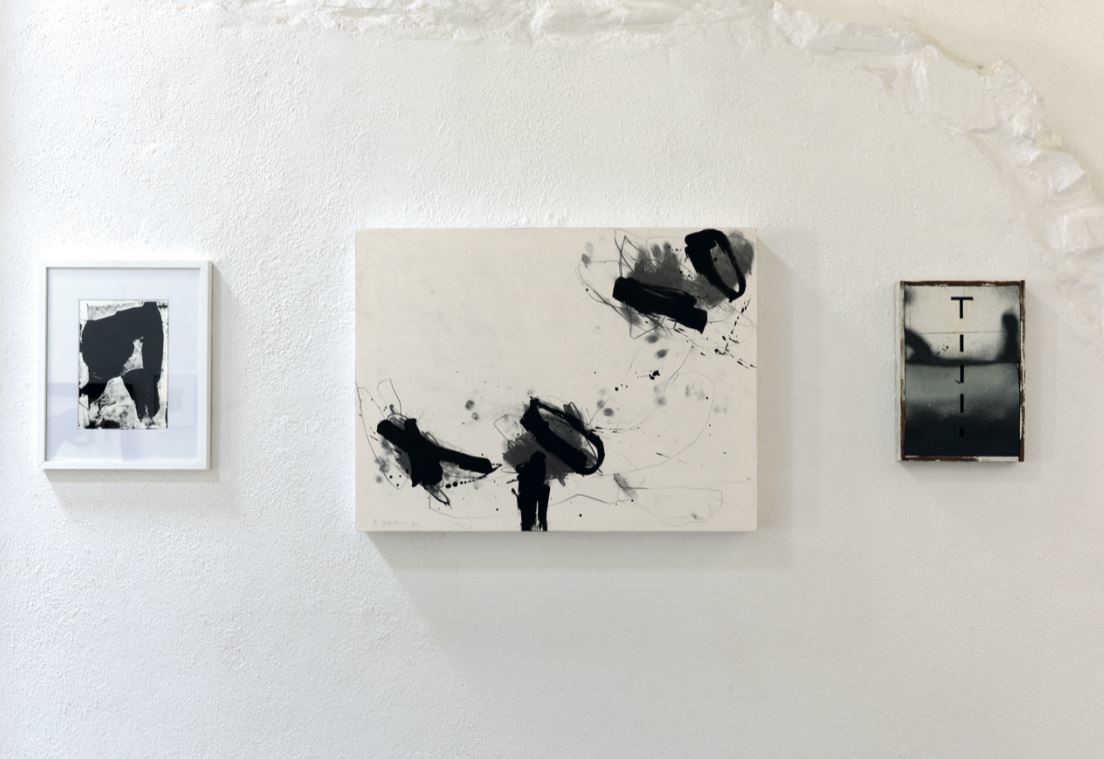Exhibitions
Esther Boix: The hard years
Committed to the political and social reality of her time, she turned art into a tool of denunciation and reflection.
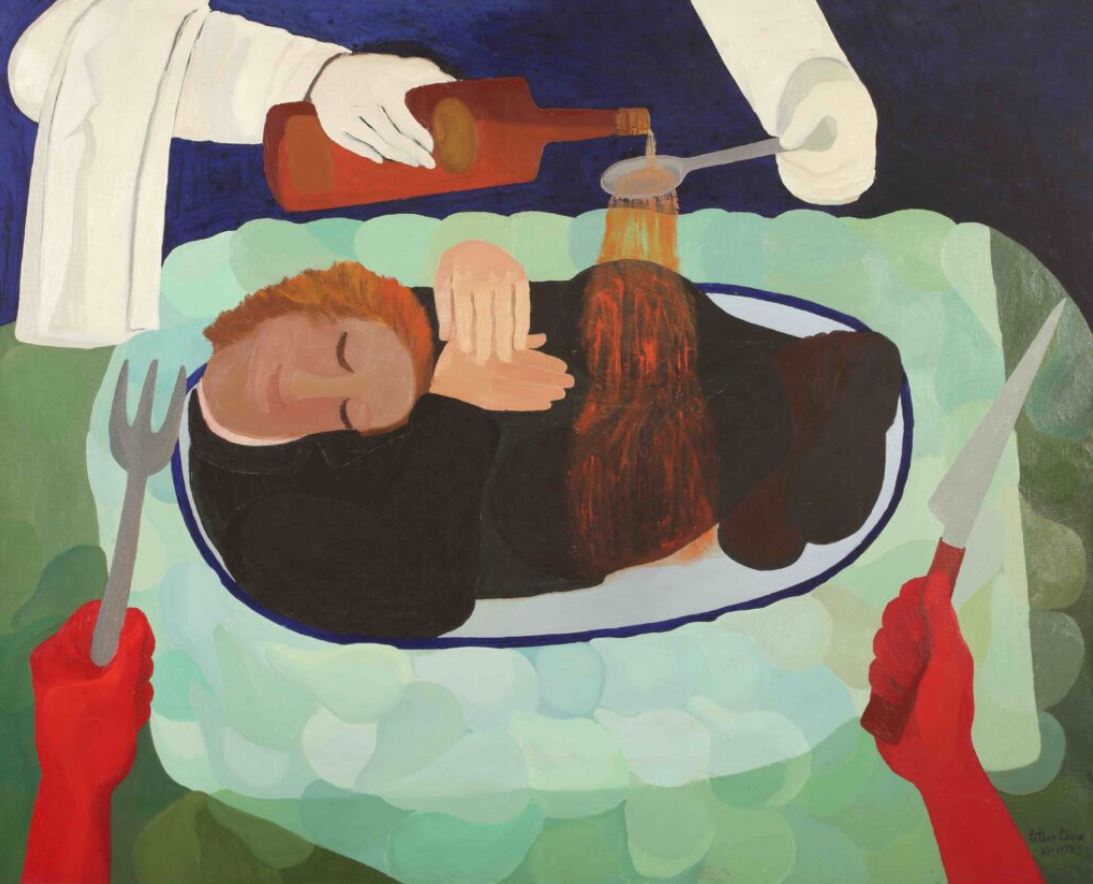
Esther Boix was a painter who, despite not having fallen into oblivion, deserves much wider recognition than she has received so far. His work, committed and charged with political and social meaning, has come back to light with an exhibition at the Marc Domènech Gallery, the first of an individual nature dedicated to him since 2006, and one of the most important in recent years. This exhibition, which can be visited until October 4, brings together thirty paintings that cover a crucial period of his career: between 1955 and 1975, Boix abandoned naturalistic realism to adopt an expressive and dramatic style, with a strong psychological charge and social criticism.
Through his painting, Boix not only explored the human condition, but turned his work into a silent cry against injustice. One of the most significant examples of this period are her self-portraits, where she presents herself as a strong and determined woman, representing an artist committed to the turbulent times in which she lived.
Esther Boix's work is defined by an attitude of constant denunciation. Politically engaged from a young age, she was an important figure in the anti-Franco movement, especially within the Estampa Popular group in Barcelona, and used her painting as an instrument to express the injustices suffered by Spanish society under the dictatorship. His concern for social rights, especially abuses against women, manifested itself in a powerful figurative style, where strong forms and intense colors emphasized the harshness of reality.

During the 1960s and 1970s, Boix was one of the first artists to openly address and question traditional gender roles, showing the vulnerability of women under the regime. An example of this is his work 'Gàbies', where the artist explores the feeling of oppression and seclusion that many women suffered at that time. Through this work, Boix represents not only the physical reality of confinement, but also the symbolic imprisonment of women within traditional gender roles. This social and political commitment is reflected in his work from this period, loaded with symbolism and a vital energy that seeks to awaken the viewer's consciousness.
Another key piece that can be seen in this exhibition is 'Confused Boundaries', which exemplifies the turn the artist made in the mid-1970s. In this work, Boix partially abandons his figurative language and approaches abstraction, introducing biomorphic forms and an intense chromaticism that suggests a new concern for nature.
The exhibition held at the Marc Domènech Gallery is a unique opportunity to revisit the work of an artist who knew how to integrate her personal and collective struggle in her creations. Although the exhibition is about to end, with just a few days left to enjoy it, it is an unmissable appointment for those who want to rediscover the power of a work that remains as relevant today as in the years of its creation.
